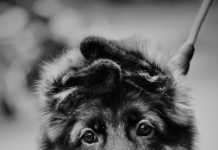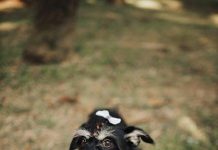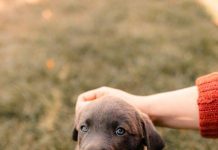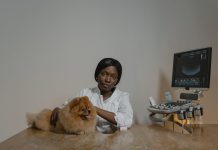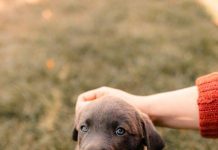Introducing a new puppy to the hustle and bustle of crowded places can be both an exciting and daunting experience for both you and your furry friend. While puppies are naturally curious and energetic, teaching them to remain calm in busy environments is essential for their safety and your peace of mind. In this guide, we will explore practical tips and strategies to help your puppy develop the confidence and composure needed to thrive in crowded settings. With patience, consistency, and a touch of warmth, you can transform these outings into enjoyable adventures for you and your pup. Whether you’re navigating a bustling park, a lively market, or a busy street, these tips will equip you with the tools to ensure your puppy stays calm, focused, and well-behaved.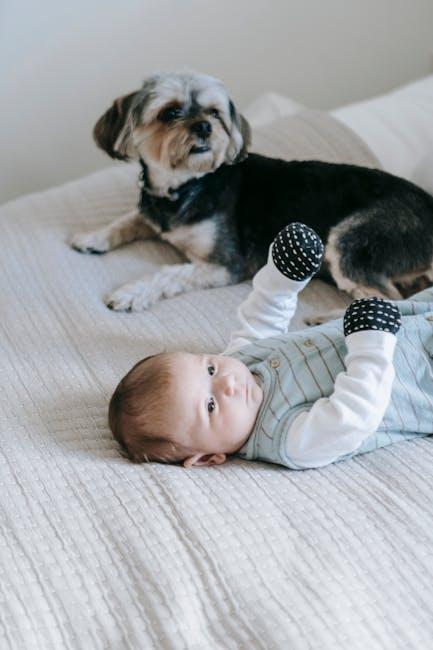
Creating a Safe Space: Helping Your Puppy Feel Secure in Busy Environments
To help your puppy feel secure amidst the hustle and bustle of busy environments, start by creating a familiar and comforting space that they can associate with safety. Bring along their favorite blanket or toy to give them a sense of home, even when they are surrounded by new sights and sounds. Consistency is key, so make sure to establish a routine that includes regular visits to crowded places, gradually increasing the exposure to build their confidence.
- Use calming signals like soft tones and gentle strokes to reassure them.
- Maintain a calm demeanor yourself; puppies often take cues from their owners.
- Practice basic commands like “sit” or “stay” in these environments to provide them with a sense of structure and control.
- Reward positive behavior with treats and praise to reinforce their calmness and confidence.
By providing a stable foundation and gentle encouragement, you can help your puppy navigate and even enjoy bustling environments without anxiety.
Positive Reinforcement Techniques: Encouraging Calm Behavior Amidst the Hustle
One of the most effective ways to help your puppy remain calm in bustling environments is through the use of positive reinforcement techniques. This approach focuses on rewarding desirable behaviors, which in turn encourages your puppy to repeat them. When you’re out and about, keep an eye out for moments when your puppy displays calm behavior, such as sitting quietly or not pulling on the leash. At these times, offer a small treat, verbal praise, or gentle petting to reinforce the calmness. Consistency is key, so ensure you’re ready with rewards each time your puppy behaves appropriately in crowded places.
- Treats and Rewards: Carry a selection of your puppy’s favorite treats to offer as rewards for calm behavior.
- Verbal Praise: Use a warm, soothing voice to praise your puppy when they remain calm.
- Physical Affection: Gently pet your puppy to provide comfort and reinforce calm behavior.
- Distraction Techniques: Bring along a favorite toy or chew to help focus your puppy’s attention away from the hustle.
By integrating these positive reinforcement strategies into your routine, you’ll not only help your puppy feel more at ease in crowded places but also build a stronger bond of trust and understanding between you and your furry friend.

Gradual Exposure Strategies: Building Your Puppys Confidence in Crowded Settings
Helping your puppy feel at ease in bustling environments is a gradual process, and it’s essential to take small, manageable steps. Begin by introducing your puppy to less crowded places, such as a quiet park or a friend’s backyard, before gradually moving to busier settings. Start with short visits and slowly increase the time spent in these areas as your puppy becomes more comfortable. Pay attention to your puppy’s body language and be ready to retreat if they show signs of stress or anxiety. The goal is to build positive associations with these environments, so always ensure your puppy feels safe and supported.
- Start Small: Choose locations with fewer distractions and slowly work your way up to busier places.
- Positive Reinforcement: Reward your puppy with treats and praise for calm behavior in crowded areas.
- Observe Body Language: Watch for signs of discomfort, such as tail tucking or excessive panting, and respond by creating distance from the stimulus.
- Consistency is Key: Regular exposure will help your puppy adjust and build confidence over time.



